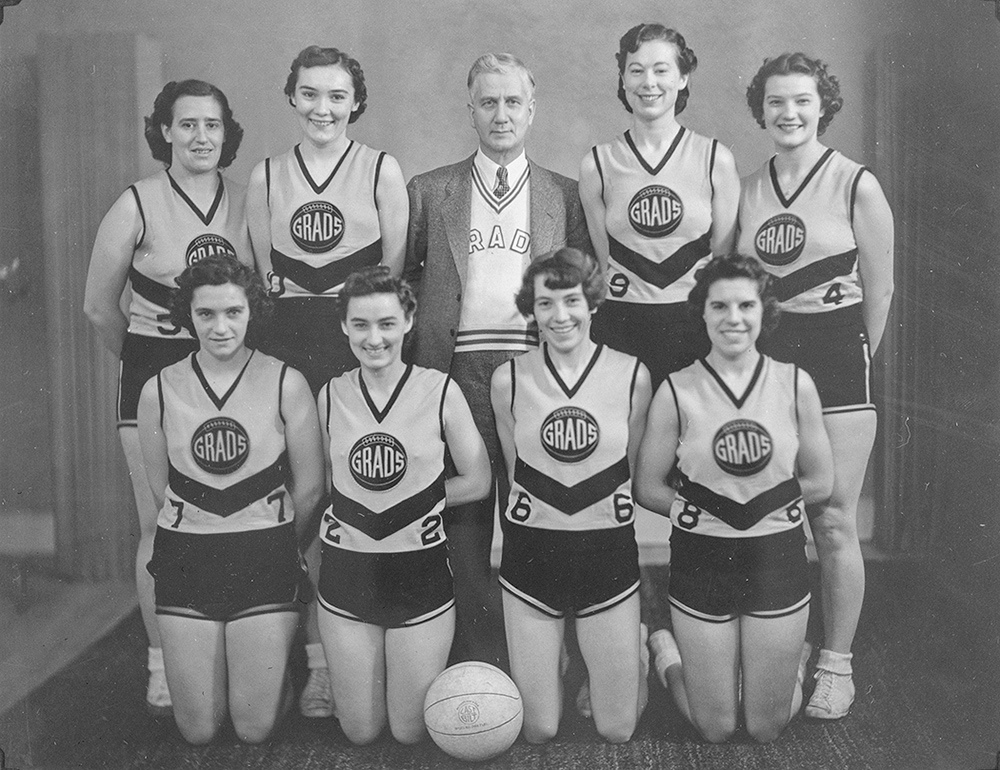Article
Wintering Partner
A wintering partner (also "winterer") was an inland trader and shareholder, most notably in the North West Company. The wintering partner system evolved in New France, where fur merchants divided their profits with associates conducting the trade.








